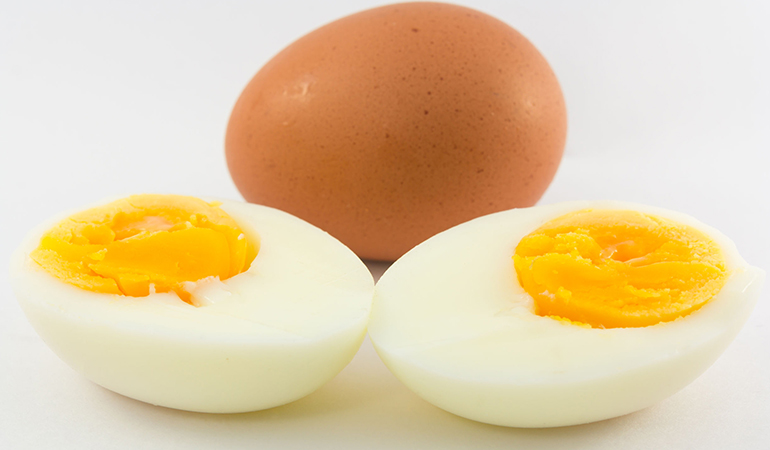Know what Hing is called in English and explore its amazing health benefits. Learn how this traditional spice supports digestion, immunity, and overall wellness.

Hing or Asafoetida is one such Indian kitchen spice. Its pungent aroma, combined with a unique taste, makes it a very important component of many Indian traditional dishes and, in particular, vegetarian food. But what exactly is Hing, and what are the health benefits it offers? Let’s explore.
What Is Hing Called In English?
Hing is known as Asafoetida in English. It is produced from the dried latex (gum oleoresin), the latex property of the Ferula plant, indigenous to Iran and Afghanistan. It is most often sold in powder form and to make it easier to use, the powder is mixed with a little rice flour or wheat flour.
Though it was very stinking in its raw state, cooking Hing gave out the onion and garlic flavor, causing it to be useful as an ingredient in recipes when people lack garlic and onion owing to dietic or religious habits.
Nutritional Composition of Hing
Hing also has different compound like ferulic acid, sulfur compounds, and fiber, which also help in its medicinal benefits. The Hing can be used unnecessarily in a little amount in cooking, yet it can affect the digestion and the health greatly.
Benefits of Hing (Asafoetida)
Improves Digestion
Hing is popular in terms of its digestive effect. It aids in decreasing the swelling of the stomach, the appearance of gases and indigestion as it aids in the acquiring of stomach gases. Hing can be added to soothing the pangs of gas in beans, lentils, and your vegetable foods.
Relieves Respiratory Problems
Asafoetida possesses an anti-inflammatory and antimicrobial effect, which may be used to eliminate asthma and bronchitis symptoms, as well as other respiratory diseases. It can occasionally be incorporated in home remedies to relieve the congestion and relax the cough.
Supports Heart Health
Hing can assist in maintaining the blood pressure levels and lowering the cholesterol. Its natural compounds have the effects of enhancing blood flow and the health of the cardiovascular system in general.
Acts as a Natural Antimicrobial
The sulfur constituents of Hing possess antibacterial and antifungal effects and have the ability to prevent infections and support the general immunity.
Reduces Menstrual Pain
Hing is traditionally employed in Indian homes to calm down menstrual cramps. Taking Hing in warm milk, or adding it to food at times will help to alleviate pain and discomfort.
May Help Prevent Cancer
Certain researches indicate that Asafoetida contains antioxidants that can counteract the damaging free radicals in the body, and they might help prevent cancerous conditions.
How to Use Hing in Daily Cooking?
- In Lentils and Beans: once one is cooking beans or dal add a pinch of hing to prevent poor digestion.
- Weed: Add it to stir-fried vegetables to make them tasty and minimize the release of gasses.
- In Pickles and Chutneys: Its strong aroma gives pickle and condiments a different taste.
FAQs
Are there any side effects of Hing?
Excessive Hing may cause stomach irritation; use in small amounts.
How do you use Hing in cooking?
Is Hing good for health?
What is Hing called in English?
Subscribe to Our Newsletter Today!






Leave a Reply